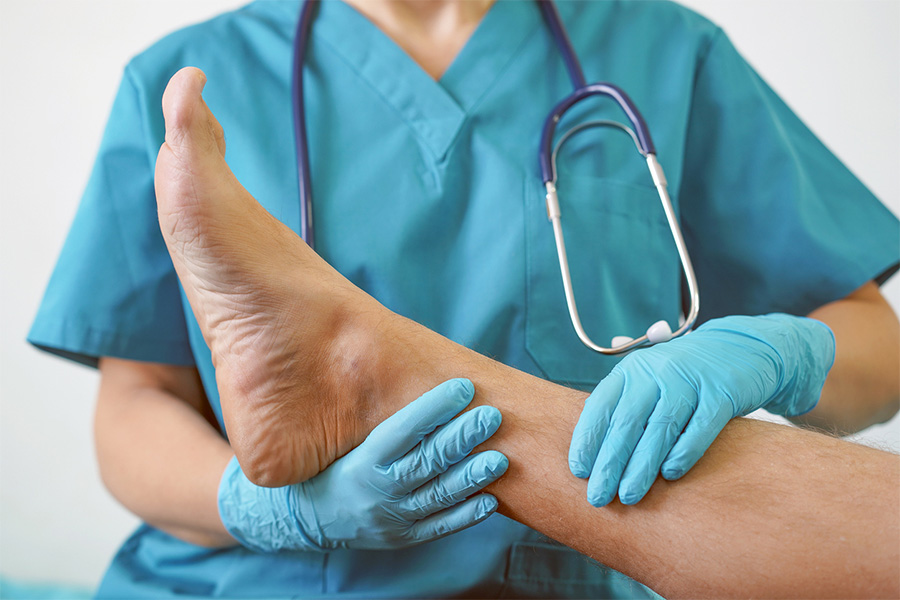A hammertoe is marked by an abnormal bend in your toe. It’s hard to miss, especially with its accompanying symptoms of pain and discomfort.
Take a look at your toes. Do you notice an odd bend to any of them? Perhaps most especially in the toes other than the big toe? Does the unusual bend occur at the joint closest to the toenail? If you answer yes to these questions, then you may have a hammertoe.
A hammertoe is more than a physical deformity. It has structural implications that can affect your balance and restrict your normal motion. Is this condition avoidable? Find out what causes a hammertoe.
Genes
People who develop hammertoes may have inherited certain anatomical characteristics of the feet that can lead to hammertoe. For example, flat feet or a high arch may make your feet slightly unstable, which can cause the toes to contract as you move, and eventually remain in a painful, bent position.
Weak Toe Muscles
The development of a hammertoe may be a sign of weak toe muscles. With weakness comes increased pressure on the tendons and joints creating an imbalance, which forces the toes into misshapen positions or a contracture. Painful corns on the top of the toe or under the ball of the foot often occur alongside hammertoe.
Ill-Fitting Shoes
Wearing ill-fitting shoes may contribute to the development of hammertoes. Any type of footwear that consistently pushes your toes out of proper alignment can do it. Women are especially at risk in this regard – they develop hammertoe much more often than men because of high heels and other the fashionable footwear with a narrow toe and very poor support.
Health Conditions
Other ailments may make it more likely that you develop hammertoe, such as arthritis and diabetes. A history of foot trauma is also another known risk factor.
With diabetes, there is a risk of losing your limbs, and since a hammertoe co-occurs with corns, it could lead to open wounds and infections.
If you have been diagnosed with diabetes, investing in diabetic foot care is going to help preserve your lower extremities. A podiatrist can make sure that any break in the skin is treated quickly and professionally to prevent infection, which is a very serious threat for diabetics.
Foot and Ankle Care and Treatment for Hammertoes
If you are suffering from the effects of a hammertoe, the podiatrists at the Cincinnati Foot & Ankle Care are highly trained and experienced in treating the condition.
After evaluating your condition, we will recommend the best treatment to help you avoid further complications. You do not have to live a moment longer with a hammertoe – you can walk normally and without pain and discomfort.
We create a very relaxing and positive atmosphere in our clinics and treat every patient like family. To schedule a consultation with our friendly podiatrists, call the Cincinnati Foot & Ankle Care clinic nearest you. Alternatively, you can also send us an appointment request today.





